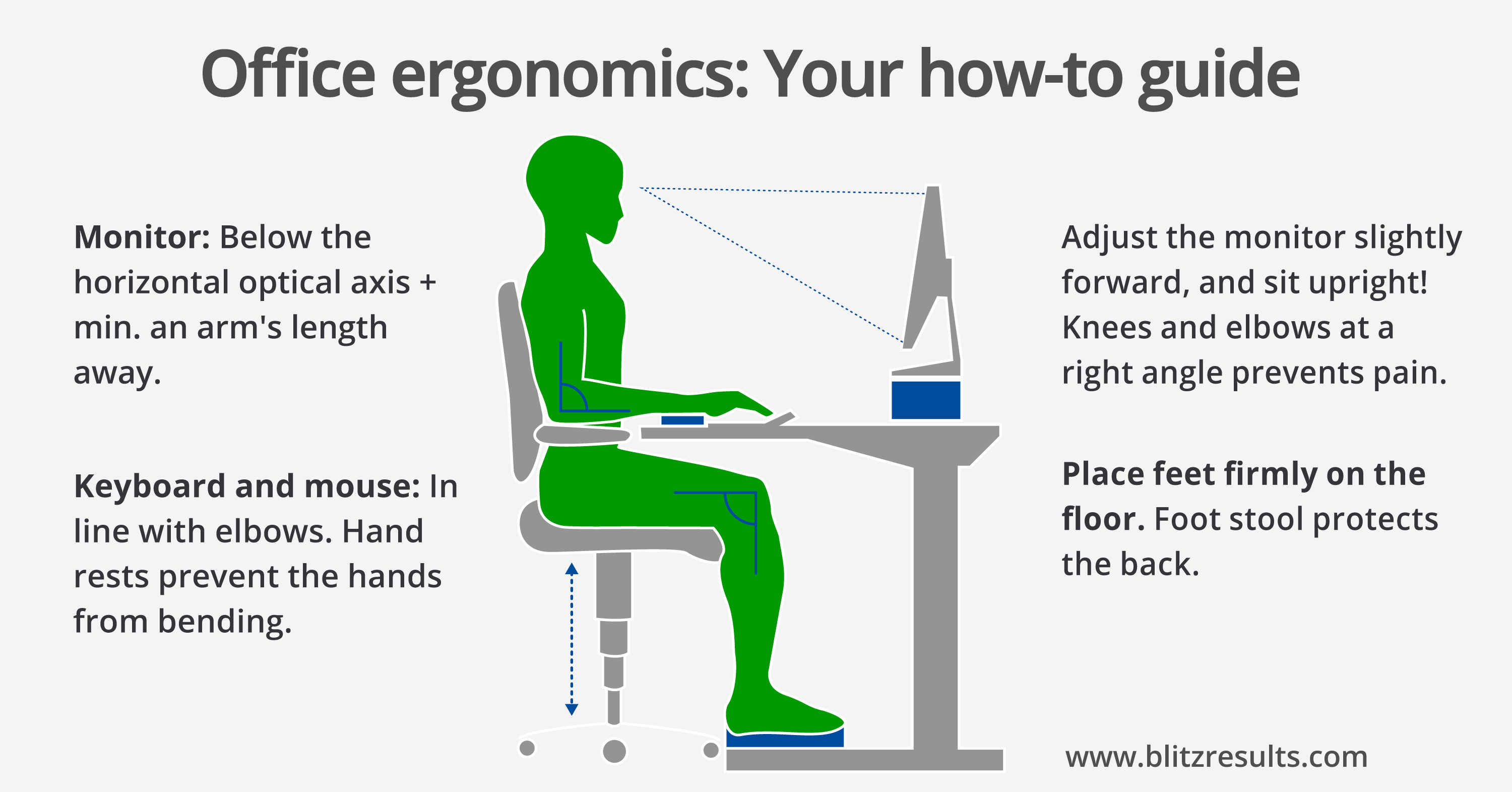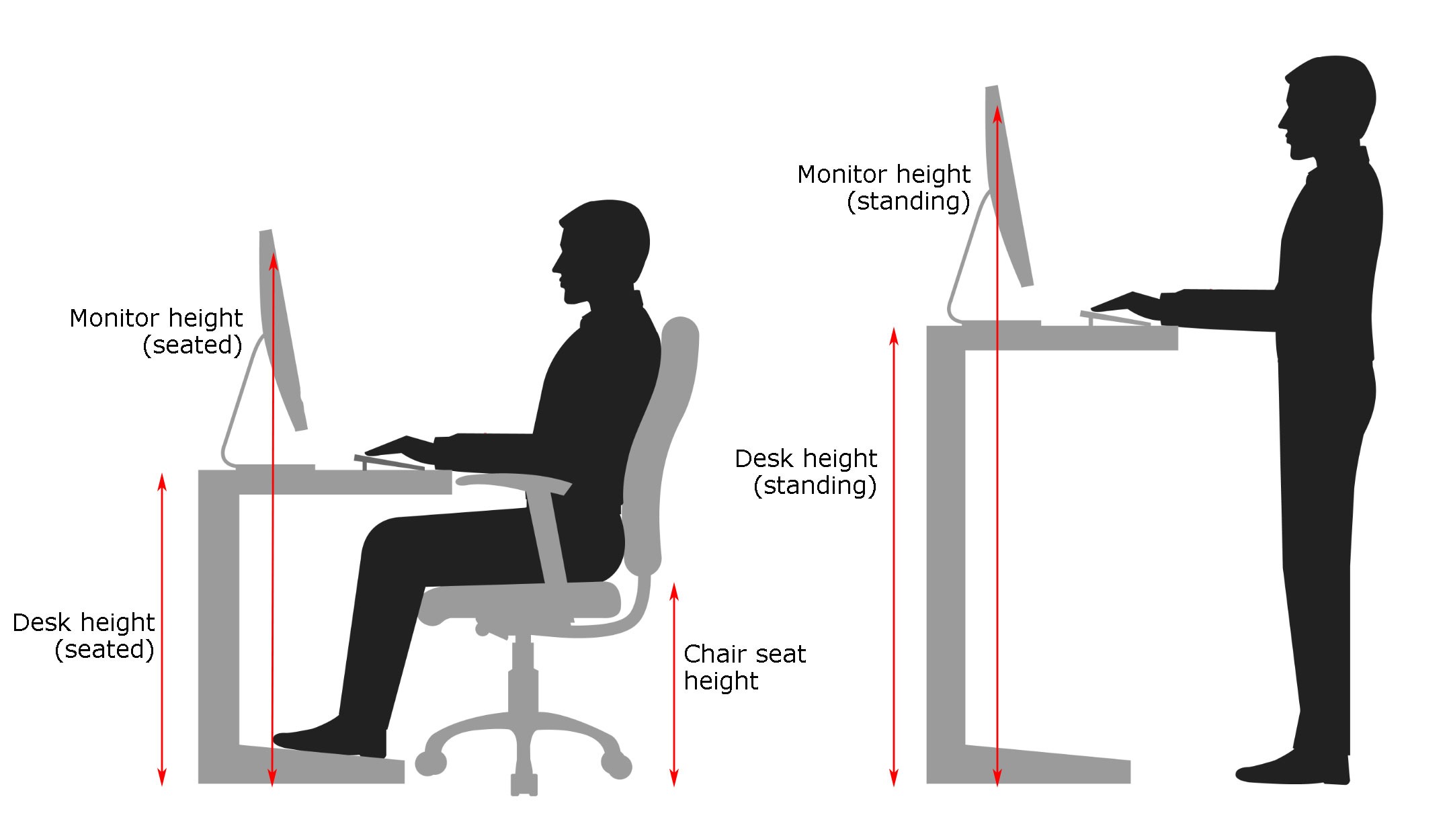Ergonomics and Comfort of 23-Inch Desk Chairs: 23 Inch Desk Chair

A 23-inch seat depth is a relatively narrow measurement for a desk chair, and selecting the right chair with this dimension requires careful consideration of ergonomic principles to ensure comfort and prevent potential health issues. Understanding the interplay between seat depth, back support, and adjustability is crucial for maximizing user well-being.
Ideal Ergonomic Features for 23-Inch Desk Chairs
The ideal ergonomic features for a 23-inch desk chair prioritize proper posture and minimize strain. A chair with insufficient adjustability or inadequate support can lead to discomfort and long-term health problems. The following table compares different chair types based on their ergonomic suitability for a 23-inch seat depth. Note that a 23-inch seat depth might be limiting for taller individuals, requiring careful consideration of other ergonomic features to compensate.
| Chair Type | Back Support | Seat Depth Adjustability | Overall Ergonomic Suitability (23-inch seat) |
|---|---|---|---|
| Standard Office Chair | Often adjustable lumbar support, but may not be sufficient for all body types. | Usually adjustable, but may not offer a truly shallow setting. | Moderately suitable; requires careful selection and adjustment. |
| Task Chair | Typically less robust back support than ergonomic chairs. | Limited adjustability; may not accommodate a 23-inch preference well. | Less suitable; requires careful assessment of individual needs. |
| Ergonomic Chair | Excellent lumbar support, often with adjustable height and angle. | Often adjustable, potentially offering a shallow setting suitable for a 23-inch preference. | Most suitable; however, seat width and overall dimensions must be checked. |
| Kneeling Chair | Limited back support; relies on posture to support the back. | Not applicable; fixed seat depth. | Potentially suitable for short individuals with good posture; not ideal for all users. |
Potential Discomfort from Improperly Sized Chairs
A 23-inch seat depth, if not appropriately matched to the user’s body size and posture, can lead to various forms of discomfort. For example, individuals with longer legs might experience pressure on the back of their knees, leading to discomfort and poor circulation. Similarly, those with shorter legs may find the seat too deep, forcing them to slouch and compromising their posture. This can lead to back pain, neck pain, and even carpal tunnel syndrome over time. Inadequate lumbar support exacerbates these problems. For instance, a person with a shorter torso might find that a chair with a fixed lumbar support positioned too high creates discomfort and pressure points.
Impact of Different Materials on User Comfort and Breathability
The choice of upholstery material significantly impacts user comfort and breathability, especially in a chair with a potentially restrictive 23-inch seat depth.
23 inch desk chair – The following points detail the effects of various materials:
- Mesh: Offers excellent breathability, preventing overheating and discomfort, particularly beneficial in warmer climates or for users who tend to perspire. However, some find mesh less comfortable than other materials due to its less plush texture.
- Fabric: Provides a softer, more comfortable feel than mesh, but breathability varies widely depending on the fabric type. Heavier fabrics can trap heat and moisture, while lighter, breathable fabrics are more comfortable. Consider fabrics like linen or breathable cotton blends for better air circulation.
- Leather: Offers a luxurious feel and durability, but can be less breathable than mesh or certain fabrics. Leather can also become quite hot and sticky in warmer conditions. Leather alternatives, like PU leather, offer a similar look and feel but often with improved breathability.
Design and Aesthetics of 23-Inch Desk Chairs

The aesthetic appeal of a 23-inch desk chair significantly impacts the overall feel of a workspace. Beyond ergonomics and comfort, the chair’s design and visual elements contribute to personal style and productivity. A well-chosen chair can elevate a workspace from functional to inspiring, reflecting the user’s personality and professional image.
Design Styles of 23-Inch Desk Chairs, 23 inch desk chair
Different design styles cater to diverse preferences and workspace aesthetics. The selection ranges from modern minimalist designs to classic traditional styles, each offering a unique visual character. The following table showcases examples of these styles.
| Modern | Traditional | Minimalist |
|---|---|---|
| Characterized by clean lines, sleek silhouettes, and often incorporating metallic accents or vibrant colors. Think chrome bases, molded plastic shells, and geometric patterns. Examples include chairs with exposed metal legs and a simple, curved backrest. | These chairs often feature intricate detailing, plush upholstery, and classic wood finishes. They evoke a sense of timeless elegance and may incorporate traditional patterns or fabrics. Think of chairs with ornate carvings, tufted backrests, and rolled arms. | These chairs prioritize functionality and simplicity. They are typically unadorned, with clean lines and neutral color palettes. Materials are often natural and unprocessed, like untreated wood or unbleached cotton. The focus is on form following function. |
The Role of Color and Material in Desk Chair Aesthetics
Color and material choices profoundly influence a chair’s visual impact and its integration into the workspace. The selection should complement the overall room design and reflect the user’s personality.
The following bullet points detail various color palettes and their effects:
- Neutral Palettes (Grays, Whites, Beiges): These create a calm and professional atmosphere, suitable for various workspace styles. They provide a versatile backdrop that allows other design elements to stand out.
- Bold Colors (Blues, Greens, Reds): Inject energy and personality into the workspace. A vibrant blue can stimulate creativity, while a calming green promotes relaxation. Red, used sparingly, can add a touch of excitement.
- Earthy Tones (Browns, Greens, Creams): Create a warm and inviting atmosphere, fostering a sense of comfort and grounding. These colors are particularly suitable for home offices or workspaces with natural light.
- Black and White: A classic combination that creates a sophisticated and timeless look. This high-contrast pairing can make a strong statement and is versatile enough to fit various styles.
Material choices also impact the aesthetic:
- Leather: Imparts a sense of luxury and sophistication. It ages gracefully and develops a unique patina over time.
- Fabric: Offers a wide range of textures, colors, and patterns, allowing for greater personalization. Options include linen, cotton, velvet, and mesh.
- Mesh: Provides breathability and a modern look, often associated with ergonomic designs.
- Wood: Adds warmth and natural beauty. Different wood types offer unique grains and colors.
Fictional 23-Inch Desk Chair Design
This fictional chair, named “The Solstice,” features a minimalist design with a unique twist. Its base is crafted from polished aluminum, providing a sleek, modern foundation. The backrest and seat are molded from a breathable, recycled plastic in a deep teal color, echoing the calmness of a twilight sky. Subtle, laser-etched geometric patterns adorn the backrest, adding a touch of visual interest without overwhelming the minimalist aesthetic. The chair’s arms are made of light-colored oak, offering a warm contrast to the cool teal and aluminum. The overall effect is one of sophisticated simplicity, blending modern materials with natural elements to create a calming and productive workspace companion. The Solstice’s design embodies both ergonomic comfort and a visually striking presence.
Market Availability and Pricing of 23-Inch Desk Chairs

Finding a 23-inch desk chair requires navigating a market segment that isn’t explicitly defined by size in most retail catalogs. This means that locating a chair with a precise 23-inch seat width necessitates careful searching across various manufacturers and retailers, comparing specifications meticulously. Price points vary considerably depending on several factors discussed below.
The availability of 23-inch desk chairs is largely dependent on the manufacturer’s product line and the retailer’s inventory. While not a standard size, chairs falling within this approximate dimension range can be found, often marketed with more general size descriptions (e.g., “small,” “compact”).
Price Ranges and Manufacturers
The price of a 23-inch desk chair, or a chair of similar dimensions, can range significantly. The following table provides a representative comparison, although specific pricing is subject to change based on sales and retailer promotions. Note that these are estimates based on typical market observations and may not reflect every available model.
| Manufacturer/Retailer | Approximate Price Range (USD) |
|---|---|
| Generic Online Retailers (e.g., Amazon) | $50 – $300 |
| Mid-range Office Furniture Brands | $150 – $500 |
| High-end Ergonomic Brands | $400 – $1000+ |
Factors Influencing Price Variation
Several key factors contribute to the price differences observed in the market for chairs fitting the approximate 23-inch seat width.
Understanding these factors helps consumers make informed purchasing decisions based on their needs and budget.
- Materials: The type and quality of materials used significantly impact the price. Chairs using high-quality mesh, premium leather, or durable nylon will generally cost more than those made with cheaper fabrics or plastic components. For example, a chair with a breathable mesh back and a sturdy aluminum frame will likely be more expensive than one made with standard fabric and plastic.
- Features: Additional features such as adjustable height, armrests, lumbar support, and tilt mechanisms directly increase the chair’s cost. Advanced ergonomic features, like dynamic lumbar support or headrests, further elevate the price. A simple chair with minimal adjustments will naturally be less expensive than one with multiple customizable features.
- Brand: Established brands with reputations for quality and ergonomics often command higher prices than lesser-known manufacturers. Brand recognition and associated perceived value contribute to price differentials. A well-known brand known for its ergonomic design and durability will likely have a higher price point than a lesser-known brand with a similar design.
- Manufacturing Location and Labor Costs: The location of manufacturing and associated labor costs play a role in pricing. Chairs manufactured in regions with higher labor costs will typically be more expensive.
Rewritten Article on 23-Inch Desk Chairs
[Insert rewritten article text here. This section requires the original article text to be provided for rewriting.]
